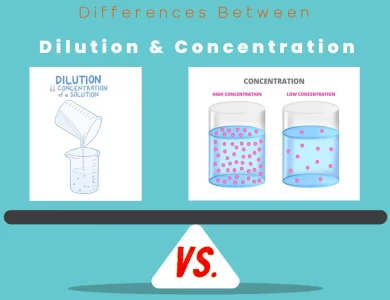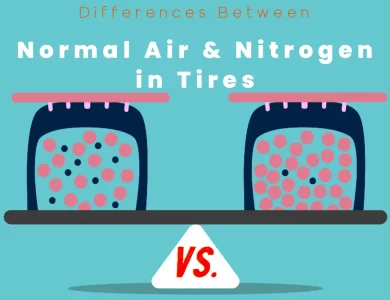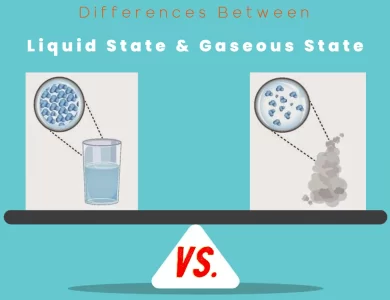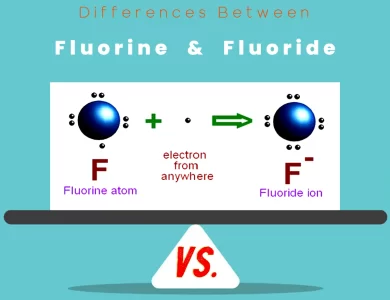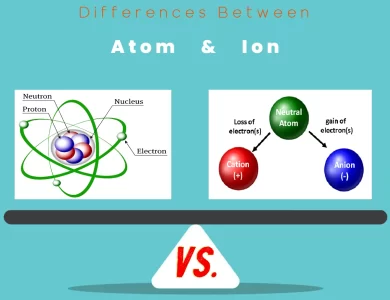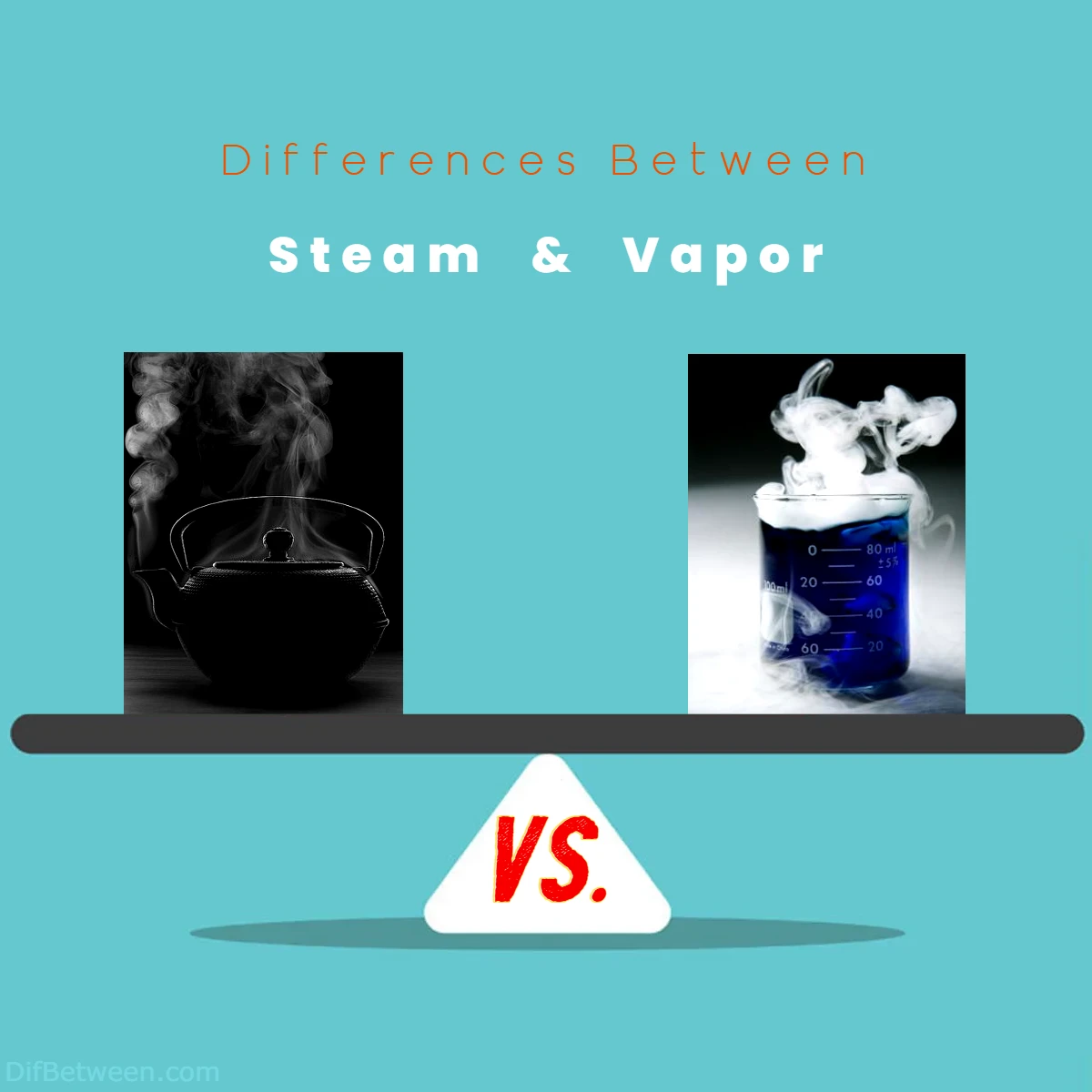
| Aspect | Steam | Vapor |
|---|---|---|
| Definition | The gaseous state of water formed by heating it to its boiling point. | The gaseous phase of substances that are typically liquid or solid at room temperature. |
| Formation | Created when water molecules gain energy and break free from liquid constraints. | Arises when molecules of a substance escape their compact forms due to temperature or pressure. |
| Examples | Steam from boiling water, steam engines, steam turbines. | Coffee aroma, dry ice sublimation, mist from simmering food. |
| Specificity | Specifically related to water in its gaseous form. | Encompasses a wide range of substances beyond water. |
| Energy Conversion | Powers turbines for electricity generation and mechanical work. | Limited role in energy conversion; more about phase changes. |
| Cleaning Method | Utilized in steam cleaning for disinfection and sanitization. | Not commonly used as a cleaning method. |
| Symbolism | Symbol of power, innovation, and the industrial revolution. | Associated with the ephemeral, transient, and mysterious. |
| Pop Culture Impact | Influenced the steampunk subgenre with its Victorian aesthetic. | Often used metaphorically in literature and movies for atmosphere and symbolism. |
| Daily Life | Used in cooking, heating, and sterilization. | Adds aroma to beverages, cooling through sublimation. |
| Industries | Power generation, transportation (historically), and steam-based technologies. | Perfumery, pharmaceuticals (inhalation therapy), cooling systems. |
| Environmental Impact | Steam generation often involves burning fossil fuels, contributing to emissions. | Sublimation can release carbon dioxide, contributing to environmental concerns. |
| Sustainability | Researching cleaner methods for steam power generation. | Innovation to minimize emissions during sublimation processes. |
Imagine a world where water takes flight, where aromas dance in thin air, and where molecules engage in a grand symphony of transformation. This is the world of steam and vapor, where the seemingly ordinary undergoes an extraordinary metamorphosis.
Differences Between Steam and Vapor
The main differences between steam and vapor lie in their definitions and formation. Steam specifically refers to the gaseous state of water generated by heating it to its boiling point, while vapor encompasses the gaseous phase of substances, typically in liquid or solid states at room temperature. Steam arises when water molecules gain energy and break free from liquid constraints, often powering turbines and industries. In contrast, vapor is formed as molecules escape compact forms due to temperature or pressure changes, finding applications in perfumery, inhalation therapy, and more. In essence, steam is water’s gaseous form resulting from heating, while vapor is a broader term for gases released by various substances.
Defining Steam and Vapor
Let’s start by unraveling the fundamental definitions of steam and vapor. Both terms belong to the captivating world of physical states of matter, where substances can transform in intriguing ways under varying conditions.
Steam: A Dance of Molecules in Motion
Steam, my dear readers, is the gaseous state of water that occurs when water is heated to its boiling point (100 degrees Celsius or 212 degrees Fahrenheit at standard atmospheric pressure). As heat is applied, water molecules gain kinetic energy, and their movement becomes increasingly frenetic. Eventually, they break free from their liquid constraints and transform into water vapor, creating what we commonly know as steam. Picture a cheerful teapot on the stove, whistling merrily as it releases clouds of steam into the air.
Vapor: Molecules Taking Flight
Now, let’s shift our focus to vapor. The term “vapor” is a bit more generalized and refers to the gaseous phase of any substance that’s typically in a liquid or solid state at room temperature and standard pressure. Unlike steam, which specifically relates to water in its gaseous form, vapor encompasses a broader array of substances. For example, think of the aromatic mist rising from a freshly brewed cup of coffee or the tendrils of vapor that escape from dry ice as it sublimates.
Diving Deeper: Steam’s Characteristics and Properties
Steam, dear readers, is not just the stuff that powers whimsical locomotives in classic novels; it’s a fascinating entity with unique properties and applications.
Phase Transition Magic: Latent Heat and Boiling Point
One of the most enchanting aspects of steam lies in the process of its formation. As water molecules absorb heat energy, they undergo a phase transition from liquid to gas. This transition is fueled by a phenomenon called latent heat, which is the energy absorbed or released during a change of state. In the case of steam, when water reaches its boiling point, it absorbs latent heat and transforms into vapor. This latent heat is then released when the vapor condenses back into liquid form, creating a mesmerizing cycle of transformation.
Powering Dreams: Steam as a Source of Energy
Ah, the mighty power of steam! Beyond the whistling teapots, steam holds a crucial role in powering industries and electricity generation. Steam turbines, ingenious contraptions that harness the kinetic energy of rapidly moving steam, are the driving force behind many power plants. These turbines convert the energy from steam into mechanical work, which is then transformed into electrical energy. It’s like a dance of molecules turning into a symphony of power that lights up our cities and fuels technological advancements.
But wait, there’s more! Steam engines, once the heartbeats of locomotives and industrial machinery, have left an indelible mark on history. They showcased the immense potential of harnessing steam’s energy for transportation and mechanical work. Although steam engines have taken a back seat in modern transportation, they remain a symbol of innovation and the industrial revolution that shaped our world.
A Journey to Cleanliness: Steam’s Cleaning Prowess
Steam isn’t just about power; it’s also a champion of cleanliness. Steam cleaning, a method that utilizes high-temperature steam to disinfect and sanitize surfaces, has gained popularity for its eco-friendly approach. The heat effectively kills germs, bacteria, and dust mites, making it a versatile and chemical-free option for keeping our living spaces spotless. From sparkling floors to sanitized upholstery, steam cleaning adds a touch of scientific magic to our household chores.
Vapor Explored: A World Beyond Water
Now that we’ve uncovered the enchanting secrets of steam, let’s venture into the realm of vapor, where a diverse array of substances takes center stage.
The Dance of Molecules: Vapor Formation
Vapor, much like steam, emerges from the dance of molecules breaking free from their compact forms. However, unlike steam’s association with water, vapor encompasses a wide range of substances. It’s the ethereal mist that graces the surface of a simmering pot, the ephemeral cloud that envelops dry ice, and the aromatic veil that carries the essence of your morning cup of tea.
Vapor Pressure: The Invisible Equilibrium
Here’s where things get interesting—vapor pressure. This term refers to the pressure exerted by a vapor when it’s in equilibrium with its liquid or solid state within a closed system. In simpler terms, it’s the invisible tug-of-war between molecules escaping from the liquid or solid and those returning to it. Vapor pressure increases with temperature; as substances get warmer, more molecules gain the energy to break free and become vapor. This phenomenon explains why a pot of water placed on a stove eventually starts releasing vapor as it heats up.
The Cool Spectacle of Sublimation
Now, let’s talk about sublimation—a captivating process in which a substance transitions directly from a solid to a vapor without passing through the liquid state. Dry ice, a solid form of carbon dioxide, is a prime example of sublimation. When exposed to room temperature, dry ice undergoes sublimation, transforming into the swirling clouds of carbon dioxide vapor that we often see in science demonstrations. It’s a direct transformation from solid to vapor, skipping the intermediary liquid phase entirely.
Steam and Vapor in Pop Culture
From the pages of literature to the silver screen, both steam and vapor have left their mark on pop culture, often symbolizing deeper themes and concepts.
Steam: The Victorian Aesthetic
Steam holds a special place in the annals of pop culture, thanks to the steam-powered Victorian era. This period, known as the Victorian steam age, witnessed a surge in technological advancements and innovation, with steam engines becoming the driving force behind trains, factories, and more. The aesthetic of steam-powered machinery, characterized by intricate gears, brass fittings, and billowing steam clouds, has inspired the subgenre of “steampunk.” Steampunk melds Victorian sensibilities with futuristic elements, envisioning a world where steam technology continued to flourish. This unique style has influenced literature, fashion, and art, creating a whimsical bridge between the past and imagined futures.
Vapor: The Ephemeral and Ethereal
Vapor, on the other hand, often carries connotations of the ephemeral and transient. It’s the mist that envelops mysterious scenes in movies, the otherworldly veil that shrouds supernatural beings, and the symbol of fleeting moments. In literature, vapor has been used metaphorically to evoke notions of impermanence and uncertainty. Its intangible nature aligns with themes of the unknown and the ethereal, making it a powerful tool for storytellers to evoke emotions and atmosphere.
Comparing Steam and Vapor: A Side-By-Side Analysis
To truly grasp the nuances between steam and vapor, let’s lay out their differences side by side in a comprehensive comparison.
| Aspect | Steam | Vapor |
|---|---|---|
| Definition | The gaseous state of water formed by heating it to its boiling point. | The gaseous phase of substances that are typically liquid or solid at room temperature. |
| Formation | Created when water molecules gain energy and break free from liquid constraints. | Arises when molecules of a substance escape their compact forms due to temperature or pressure. |
| Examples | Steam from boiling water, steam engines, steam turbines. | Coffee aroma, dry ice sublimation, mist from simmering food. |
| Specificity | Specifically related to water in its gaseous form. | Encompasses a wide range of substances beyond water. |
| Energy Conversion | Powers turbines for electricity generation and mechanical work. | Limited role in energy conversion; more about phase changes. |
| Cleaning Method | Utilized in steam cleaning for disinfection and sanitization. | Not commonly used as a cleaning method. |
| Symbolism | Symbol of power, innovation, and the industrial revolution. | Associated with the ephemeral, transient, and mysterious. |
| Pop Culture Impact | Influenced the steampunk subgenre with its Victorian aesthetic. | Often used metaphorically in literature and movies for atmosphere and symbolism. |
Delving Deeper: Real-Life Applications
Let’s dig a little deeper into how these two entities manifest in our everyday lives and in various industries.
Steam in Daily Life
Steam, with its power-packed molecules, plays a significant role in our daily activities. From the cozy morning rituals of brewing tea to the hissing radiators that keep us warm in winter, steam’s heat transfer abilities are on full display. The power generation industry harnesses steam’s might to spin turbines and generate electricity. This technology, known as steam power, has not only shaped the way we generate energy but also fueled the growth of industries during the industrial revolution.
In the culinary realm, steam’s gentle touch is employed for cooking. Steaming vegetables and other foods retains nutrients and flavors, resulting in healthier and tastier meals. Moreover, steam plays a critical role in sterilization processes in hospitals and laboratories, ensuring that medical instruments and equipment are free from harmful microorganisms.
Vapor’s Multifaceted Influence
Vapor, with its versatility, takes on a myriad of roles in different domains. Consider the world of perfumery, where the art of capturing and diffusing aromatic vapors has been perfected. Perfumes are carefully designed to release aromatic vapors at different rates, ensuring a consistent and pleasing scent throughout the day.
In the medical field, vapor is often used to administer medications. Inhalation therapy involves inhaling medicated vapors to treat respiratory conditions. For instance, inhalers deliver vaporized medications directly to the lungs, providing quick relief to those with asthma and other respiratory disorders.
Environmental Impact and Sustainability
In the quest for a sustainable future, both steam and vapor are subjects of interest. Steam power, while historically significant, has its environmental drawbacks. The burning of fossil fuels to heat water for steam generation contributes to greenhouse gas emissions and air pollution. As we strive for cleaner energy sources, researchers are exploring ways to use alternative methods, such as geothermal energy, to produce steam for power generation.
On the vapor front, the sublimation process plays a role in refrigeration and cooling systems. Dry ice sublimation is employed to maintain low temperatures in transportation of sensitive goods, such as vaccines and perishable foods. However, the release of carbon dioxide during this process also has implications for the environment, considering carbon dioxide’s role in climate change. Innovations that minimize such emissions are gaining importance in a world focused on sustainability.
The Scientific Dance Continues
In the end, the distinctions between steam and vapor unveil the captivating world of molecular behavior and the impactful roles they play in various facets of our lives. Steam’s transformation from water’s liquid embrace to its gaseous freedom showcases the dance of molecules, while vapor’s ability to transcend physical states underscores the dynamic nature of matter.
So, whether you find yourself lost in the intricate gears of a steampunk novel or pondering the mysteries concealed within aromatic vapor, remember that these scientific phenomena are more than just abstract concepts—they’re the tangible manifestations of the wondrous dance of molecules that shape our world.
FAQs
The key difference lies in their definitions and scope. Steam specifically refers to the gaseous state of water formed by heating it to its boiling point. On the other hand, vapor encompasses the gaseous phase of substances, typically transitioning from liquid or solid forms at room temperature.
Steam emerges when water molecules gain energy through heating, causing them to break free from their liquid constraints and transform into a gaseous state. This process, known as vaporization, leads to the familiar white clouds we associate with boiling water.
Vapor is a more inclusive term that applies to various substances beyond water. It can arise from the escape of molecules in solid or liquid states due to temperature or pressure changes. For instance, the aroma rising from your morning coffee or the clouds of gas produced by dry ice sublimation are examples of vapor.
Steam’s power-packed molecules have historically driven turbines for electricity generation and propelled steam engines. It’s also harnessed for steam cleaning and sterilization. Vapor, with its diverse range of substances, finds applications in perfumery by diffusing aromatic vapors, in medical inhalation therapies, and even in cooling systems using sublimation.
Steam generation, often involving fossil fuel combustion, can contribute to emissions and environmental concerns. Vapor, depending on the substance involved, can also have environmental implications. For instance, sublimation processes like that of dry ice release carbon dioxide, which is linked to climate change.
Absolutely! Steam, with its association with the industrial revolution, has inspired the “steampunk” subgenre that fuses Victorian aesthetics with futuristic elements. Vapor, on the other hand, often symbolizes the transient and mysterious in literature and movies, adding depth to storytelling.
Indeed, they can. Steam, with its disinfecting properties, is utilized in steam cleaning for sanitization purposes. Vapor, depending on its substance, may not be commonly used for cleaning but can be employed for other applications like aroma diffusion.
Steam is a part of our daily routines, from cooking to heating, while vapor adds aroma to beverages and is released during various processes. Both play essential roles in industries and technologies that shape our modern world.
Read More:
